Everyone knows flickering lights are the signal that something’s wrong, whether it’s low voltage or paranormal activity. If your RV ceiling lights are dimming or flickering, then your RV is trying to tell you that it’s sick, something is wrong, and it needs help!
Why Are My RV Ceiling Lights Flickering or Dimming?
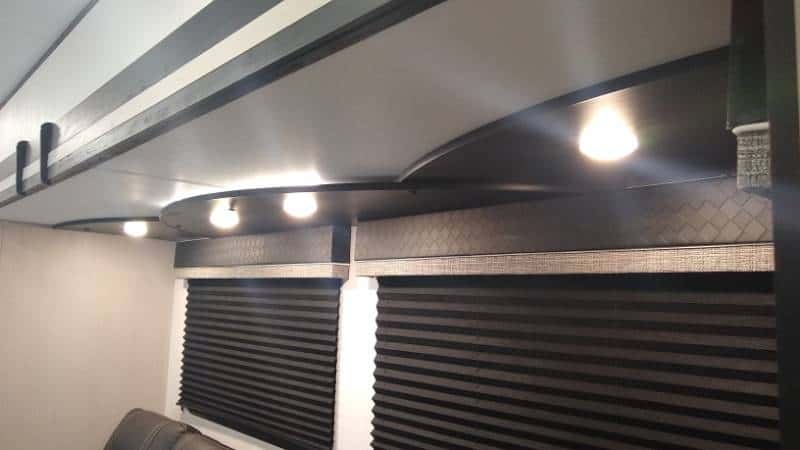
Usually, flickering, dimming, or brightening lights are symptomatic of low voltage issues.
- Incandescent bulbs will usually dim or brighten in response to voltage fluctuations
- LED lights will typically flicker at a high rate when voltage is too low.
- Fluorescent lights are less common in RVs, and flickering is usually caused by faulty ballasts.
RV ceiling lights run off 12-volt DC electricity, which is supplied by your converter and/or house batteries. The quality of this electrical power can vary, especially the voltage.
Volts measure the “electrical pressure” of the system. Anything above or below this range (below is more common) can cause operational problems like you’re seeing. Low voltage is like trying to put out a fire with a garden hose instead of a fire hose; you need more power!
Generally, a healthy 12-volt system operates best between 12.0-14.0 volts. Anything above or below this range (below is more common) can cause operational problems like you’re seeing.
Signs of Low System Voltage in an RV
If you suspect low system voltage, then there are a few more things you need to know:
- Your RV converter should be putting out 13.2-13.6 volts (when you’re plugged into shore power); your house batteries should be supplying 12.0-12.8 volts.
- It’s not uncommon to lose 0.5-1.0 volts between the source and the load.
- However, DC voltages below 11.5 are a big cause for concern, and at 10.5 volts and below, many appliances won’t work correctly, or not at all.
- Below 9 volts, most things won’t even turn on.
Without a multimeter and the skill to use it, you won’t be able to know for sure what your voltages are. Time to call in professional help!
Divide and Conquer: Troubleshooting Wonky RV Lights
The trick to diagnosing flickering lights (without a multimeter) is to divide and conquer. Isolate the problem and eliminate variables.
Is Only One Light Flickering?
If the flickering or dimming problem is restricted to just one light, then it’s highly likely the light itself is the problem.
- Try swapping out one light with the other. If the flickering follows the light, then you know it’s time for a replacement.
Are a Group of Lights Dimming or Flickering?
If the problem is restricted to a single room or series of rooms, then it could be the fault of a single circuit. Here are few quick checks you can do:
- Check the fuse panel. Inspect the automotive-style fuse to make sure it hasn’t broken. Sometimes, when fuses fail, they allow just enough current through to turn on light loads, but they lose voltage along the way.
- Check the wall switch. Flip the toggle back and forth. Notice any difference? Does the switch feel loose or solid?
Are All the Lights Dimming in the RV?
If all the lights, everywhere, are showing problems, then that’s a tell-tale sign of low system voltage. If that’s true, then the lights may only be the harbingers, and other appliances may be suffering as well.
Low system voltage will often trigger appliance error codes. 12-volt refrigerators, hydronic heating systems, and instant water heaters will often refuse to work or will display an error code if the DC voltage isn’t high enough.
- Are any appliances showing similar problems? Turn on your other 12-volt appliances, like your TV, water pump, or ceiling fan. Do any of them exhibit similar problems?
Try Unplugging From Shore Power
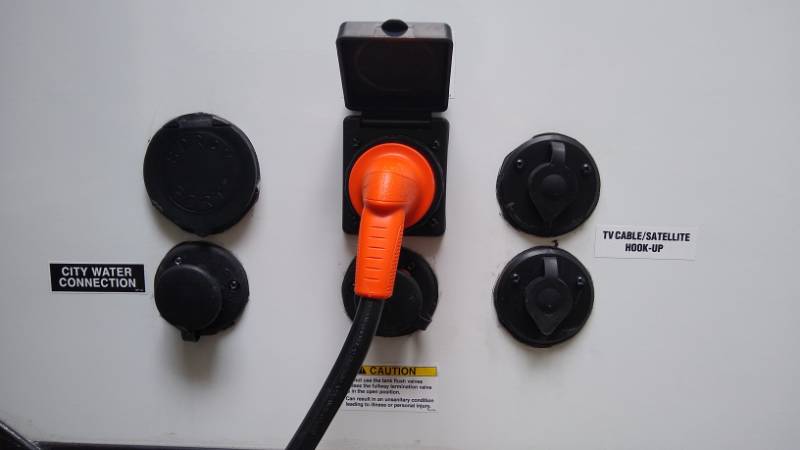
When I encounter flickering lights on a service call, I always have the customer unplug from shore power and run directly off their house batteries.
- If the batteries are fully charged and the flickering stops when you unplug from shore power, then my sights immediately turn towards the converter.
A converter is commonly called the “heart” of your RV’s electrical system. It actually does more than just charge your battery. When you’re plugged into shore power, the converter directly powers all of the low-voltage loads. It’s a hardworkin’ device. Usually, it will output 13.2-13.6 volts to your system.
If you have dimming or flickering lights, your converter may not be able to keep up. It ages and weakens like just we do. I recommend having a certified technician diagnose this problem. Converters cost $200-$400, and you don’t want to throw parts at the wall to see what sticks!
But What If the Batteries Are To Blame?
If the customer has the opposite scenario, where the lights do NOT flicker when the RV is plugged into shore power but only when disconnected, then I’m going to the battery system.
When you’re not plugged in, your converter doesn’t do anything. The batteries take over. Depending on the size of your battery bank, your RV may have enough juice to “dry camp” for 1,2,3,4,5,6, or 7+ days!
But the longer you use your batteries, the lower the voltage will drop. Eventually, the lights will start flickering and dimming. That’s your cue to plug back in and let the converter recharge the battery bank.
- If you check the battery voltage and it’s good (see chart below), then you need to double-check the converter. If both are testing correctly, then I’d start looking at a corroded or loose wire connection.
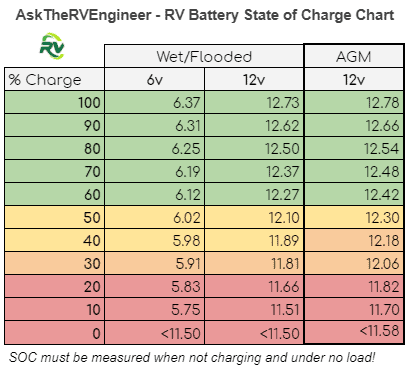
Is the Problem Caused By Turning On an Appliance?
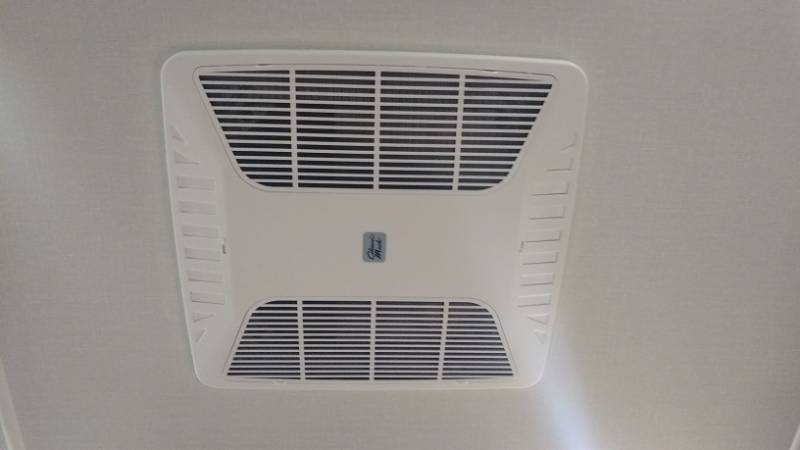
Turning on a large appliance can temporarily cause lights to dim. If they remain dim, it’s possible that your system is overloaded.
This is because converters can only output so much power at once. Let’s say your converter is rated for 45 amps. So what happens when you’ve overloaded the system? Will the system shut down? Limit itself to 45A?
Nope. It does something called “electronic current limiting.” The current remains constant (45 amps) but the voltage will begin to drop.
This mimics a dying battery or a dying converter. At first, you won’t notice anything. But as the voltage drops from 13.6 to 11.5 volts (100% to 0% stage of charge), you’ll notice lights dimming, audio speakers shutting off. As the voltage continues to drop, components will either deactivate or may become damaged.
Once the excess loads are removed, the voltage should return to normal. So if you’re running all your lights, fans, TV, speakers, and a inverter, watch out!
Worst-Case Scenario: Bad Wiring
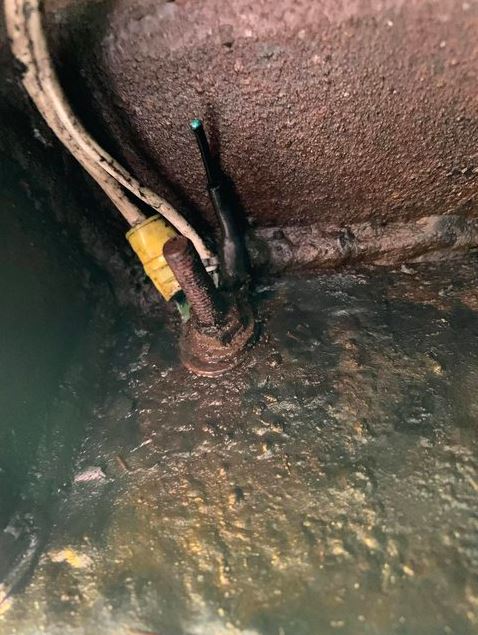
It is quite possible that a loose or corroded wiring connection is causing your RV lights to flicker or dim. The high-resistance short could be occurring on the positive or negative side; that is, it may be a loose ground wire. That is nigh impossible to track down without a multimeter and a tracer, so we’ll stop here.
Conclusion: Know When to Ask for Help!
If you’ve checked the batteries and everything looks good, then there’s a good chance you’ll need some skilled help. There are many, many things that can affect low system voltage, and without a multimeter to skill to use it, you’ll be stabbing in the dark. Do the easy stuff first, but don’t be afraid to call for help! Low voltage breaks things on your RV, so don’t ignore the harbingers.
Leave a Reply